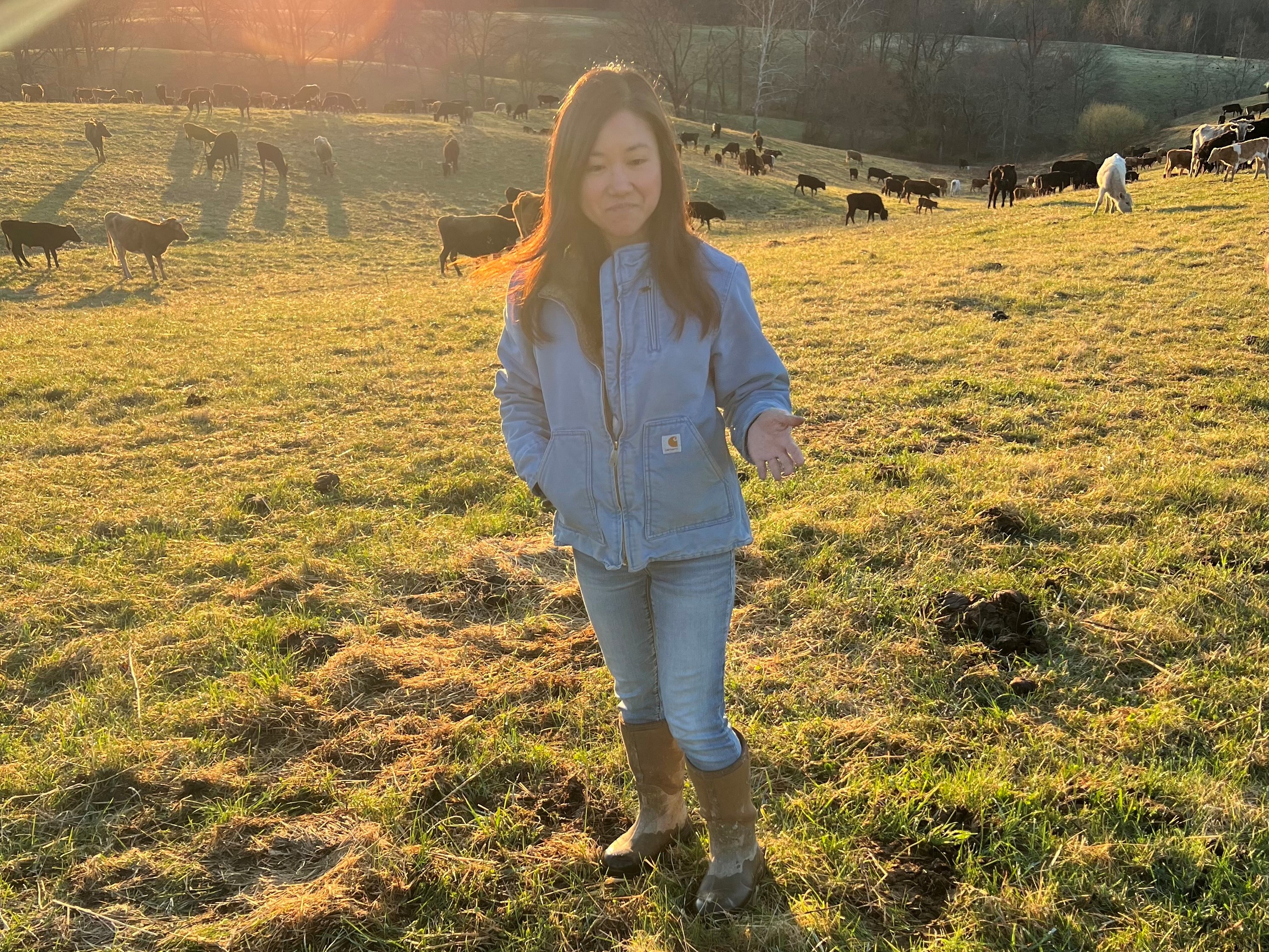
You Need to Know About Regenerative Agriculture and the Future of Food
April 11, 2022 by Amanda Mac de Villiers, Grower Support Specialist
If you’ve heard or read the term “regenerative agriculture” lately, you’ve probably automatically associated it with other terms like “organic” or “sustainable”. These words do go together in some senses, but I want to dive a little deeper into what makes regenerative agriculture different, and why I believe it is the future of food.
When we talk about food that is grown “organically,” we’re generally talking about food that has been grown without the use of harmful pesticides, chemicals, and synthetic fertilizers. Food-growing practices that may be described as “sustainable” may share similarities or even be identical with practices that are considered “organic.” For many reasons related to human, animal and environmental health, many of us may choose organically and sustainably grown food. So what makes “regenerative” different?
In regenerative agriculture, we’re not just talking about practices that aren’t harmful or “unnatural.” We’re not just talking about “sustaining” and not making things worse. We’re talking about actually and actively regenerating. We’re talking about rebuilding soil organic matter. Restoring soil biodiversity, re-estabilishing ecosystems. Revitalizing local economies. Reversing climate change.
A global shift to regenerative agriculture means a shift away from a food supply that is based on degradation, exploitation and extraction. It means a shift in our understanding of our roles as stewards of land and vital members of our communities. It’s important to point out that none of this is new–some of the exciting technologies associated with regenerative agriculture may have been more recently developed, but the foundation is wholly based in ancient and Indigenous principles and wisdom. Rather than shifting yet further away from our roots, we’re shifting back as we move forward.
We’re shifting to a system that recognizes, values and leverages the interconnectedness of people, plants, animals, and land. We’re taking an approach that asks us to think about how all aspects of agriculture are connected not through a linear supply chain but through a web, whose parts are all interwoven and interdependent. This is why regenerative agriculture is not limited to a set of practices or list of standards. Regenerative agriculture encompasses not only a diverse array of different farming, ranching and land management practices, but also strives to actively address social, economic, and health inequities.
The movement for regenerative agriculture doesn’t only represent promising opportunities for healing and restoration–in many ways, it represents our only path forward as a society and as a species. We have degraded and exploited our planet to the point where we simply cannot afford to not regenerate our land, waters and climate. “Sustaining” is no longer enough. In order to continue, we must regenerate.
This is the beginning of a blog series which will explore various aspects of regenerative agriculture with an eye towards building a regenerative food system. Thanks for joining us.